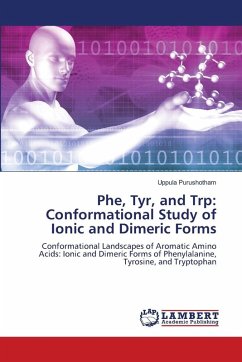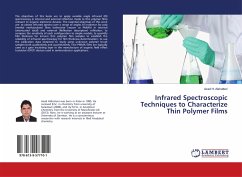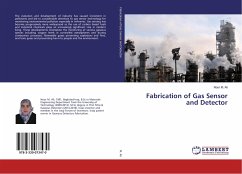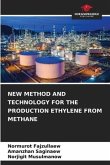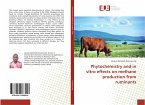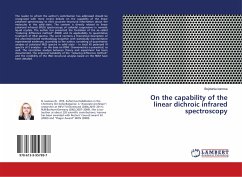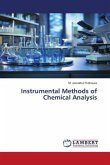Rotationally resolved infrared spectra of weakly bound Van der Waals methane dimercomplex (CH4)2 have been detected for the first time in the in the R (0) spectral region ofthe triply degenerate bending mode ni4 of methane monomer correlating with j = 1 0transition of CH4. The dimer complexes were produced in a supersonic jet expansion andthe spectra were recorded by a tunable diode laser (TDL) spectrometer with 40 MHzspectral resolution. Methane dimer lines were confirmed by scanning the desiredwavelength regions with a mixture of 40% methane in Ar and He-Ne separately and thenexclude the CH4-Ar and CH4-Ne complexes reported in the literature. Many dimer linesare observed between 1290 and 1320 cm-1 spectral region, but the lines are found to bemore concentrated after the band center of the fundamental vibrational modeni4 of CH4monomer (1306.25 cm-1). The spectra exhibit well resolved R branch starting at ~1309.5cm-1. The P and Q branches have been predicted and fitted along with R branch based onthe estimated position of these branches in the spectrum.
Bitte wählen Sie Ihr Anliegen aus.
Rechnungen
Retourenschein anfordern
Bestellstatus
Storno


